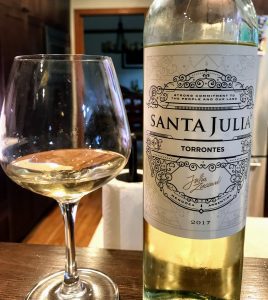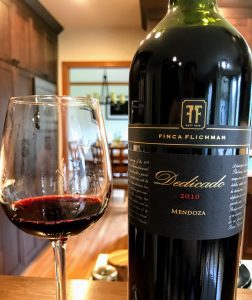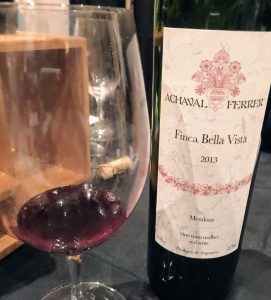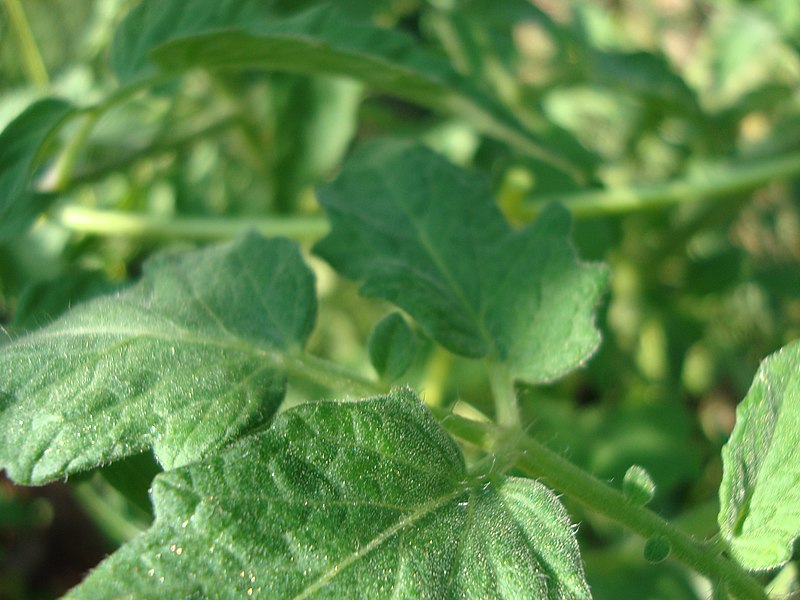A few quick thoughts on the 2009 Catena Alta Cabernet Sauvignon from Argentina.
The Geekery
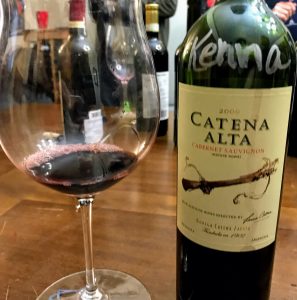
The origins of Catena Zapata date back to 1902 when Nicola Catena planted Malbec vines in Mendoza. An Italian immigrant, Catena was one of the first to pioneer Malbec as a single varietal in Argentina.
His grandson, Nicolás Catena Zapata, developed an interest in making premium Cabernet Sauvignon after spending time in Napa Valley with his family in the early 1980s while serving as a visiting economics scholar at the University of Berkley. Today, Nicolás runs the estate with his daughter, Laura.
Fruit from the Agrelo and Tupungato sub-regions of Mendoza makes up the backbone of the 2009 Catena Alta. The Catena family sourced lots from several of their favorite vineyards including La Pirámide, Domingo and the Nicasia Vineyard.
The wine spent 18 months aging in French oak barrels (80% new) before being bottled unfined and unfiltered.
The Wine

Nice savory, chicken-roasting herbs in this wine. Accordingly, it would’ve been smart to pair this with a roasted dish.
Medium-intensity nose. Some red currant and a little savory “roasting herb” spices like thyme and sweet marjoram. With air, some minty eucalyptus emerges.
On the palate, the red fruit comes in, but it is not very pronounced. In fact, most of the flavors are relatively muted. Medium-plus acidity gives ample freshness. Again, though, not much is making itself defined. Definitely disjointed. Medium-plus tannins are firm, holding up the medium-plus weight of the wine. Moderate finish brings back some of the spice.
The Verdict
I opened this at a party which wasn’t the right setting for this wine. This is certainly a wine that needed time in the decanter and a food dish to accompanied its charms.
At $45-50, new vintages may have more flesh and personality to show up with just a splash decant. However, it’s clear that this Catena Alta was made in a very old world style and should be treated more like a Bordeaux than a New World wine.

